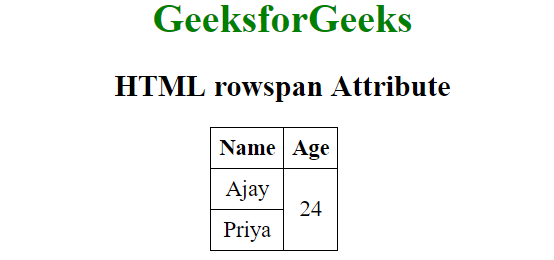Read: 07 - HTML Tables; JS Constructor Functions
Domain Modeling
what is domain modeling ??
Domain modeling is the process of creating a conceptual model in code for a specific problem. A model describes the various entities, their attributes and behaviors, as well as the constraints that govern the problem domain. An entity that stores data in properties and encapsulates behaviors in methods is commonly referred to as an object-oriented model.
A domain model that’s articulated well can verify and validate the understanding of a specific problem among various stakeholders. As a communication tool, it defines a vocabulary that can be used within and between both technical and business teams.
This is object-oriented programming in JavaScript at its most fundamental level.
- The new keyword instantiates (i.e. creates) an object.
- The constructor function initializes properties inside that object using the this variable.
- The object is stored in a variable for later use.
Generate random numbers
### To model the random nature of user behavior, you’ll need the help of a random number generator. Fortunately, the JavaScript standard library includes a Math.random() function for just this sort of occasion.
# HTML Tables
## WHAT’S A TABLE ? ### A table represents information in a grid format . Examples of tables include financial reports , TV schedules , and sports .results
## BASIC TABLE STRUCTURE
- <table>
- The <table> element is used to create a table. The contents of the table are written out row by row.
- <tr>
- You indicate the start of each row using the opening <tr> tag (The tr stands for table row.) followed by one or more <td> elements (one for each cell in that row) At the end of the row you use a closing C/tr> tag
<td*>
- You indicate the start of each row using the opening <tr> tag (The tr stands for table row.) followed by one or more <td> elements (one for each cell in that row) At the end of the row you use a closing C/tr> tag
- Each cell of a table is represented using a cta> element. (The td stands for table data At the end of each cell you use a element

TABLE HEADINGS
what is TABLE HEADINGS?
<th> The Cth> element is used just like the <td> element but its purpose is to represent the heading for either a column or a row. (The th stands for table heading)
SPANNING COLUMNS
The rowspan attribute can be used on a cth> or ctd element to indicate how many rows a cell should span down the table
ex :

LONG TABLES
There are three elements that help distinguish between the main content of the table and the first and tast rows (which can contain different content).
- <thead> The headings of the table should sit inside the Cthead> element.
- <tbody> The body should sit inside the (tbody> elemen
- <tfoot> The footer belongs inside the <tfoot> element.
JS Constructor Functions
### The js book does’nt open with me can you resend the pdf file again
# Some questions to refresh your mind :